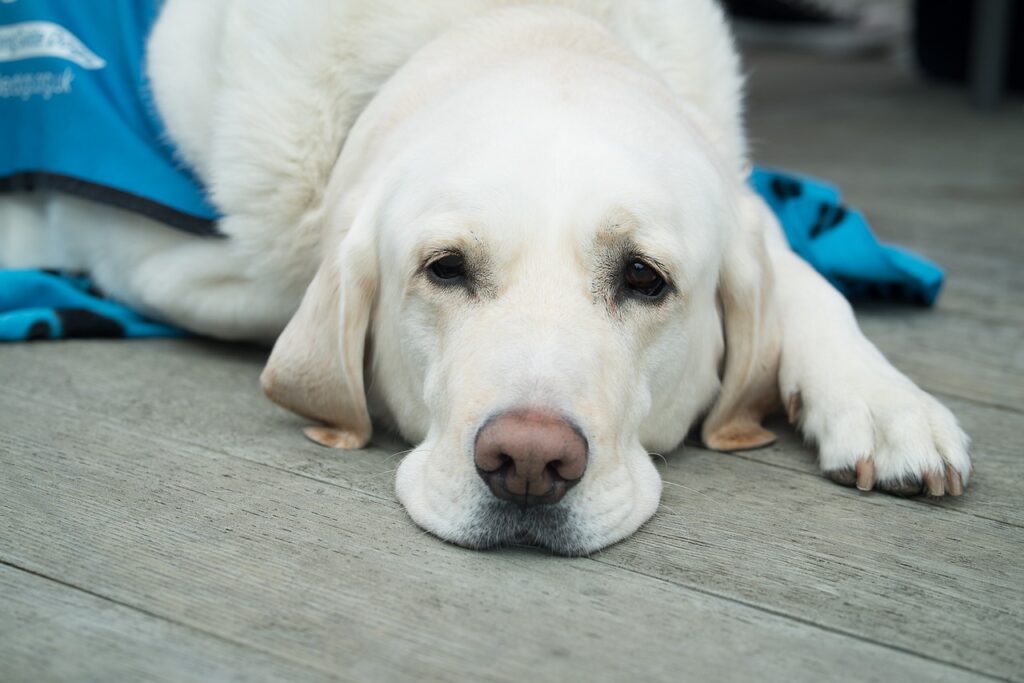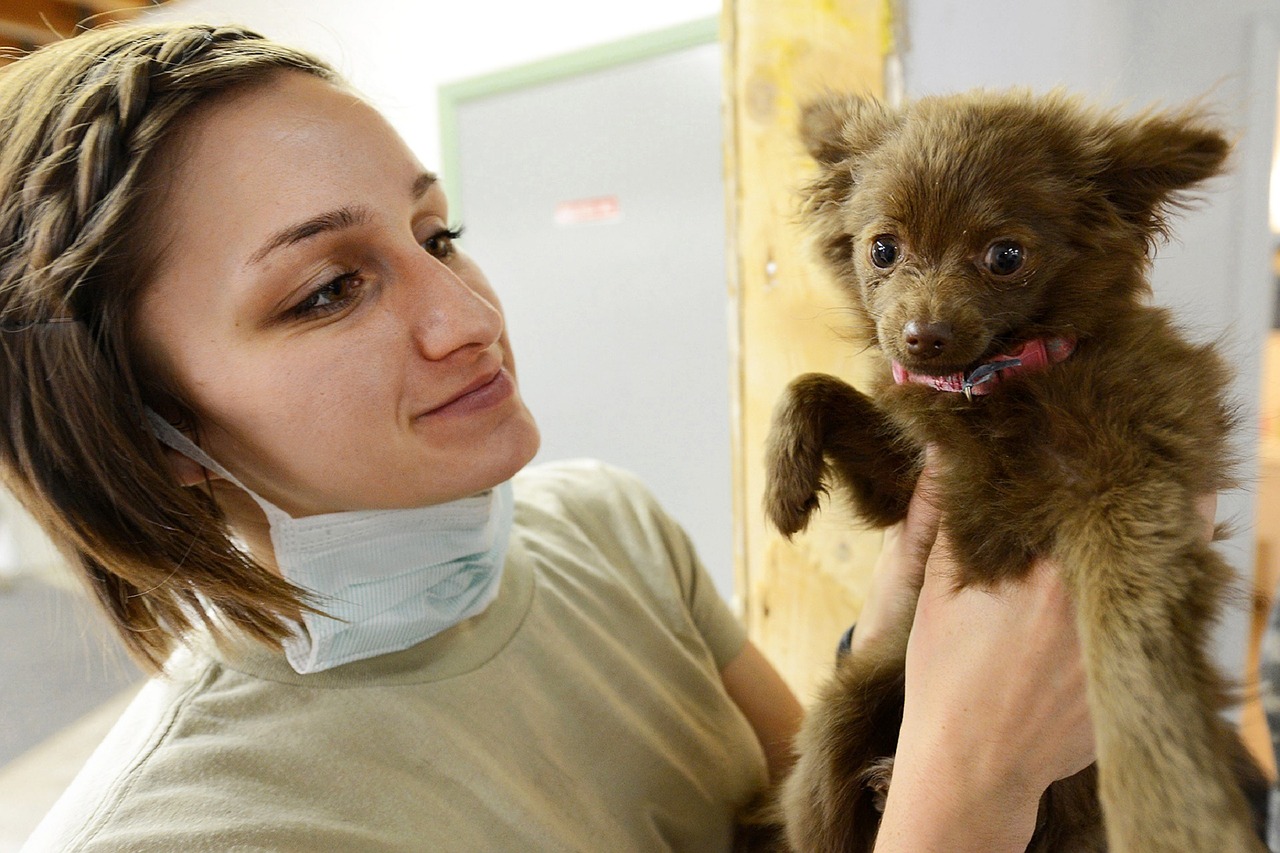Parvovirus is every new puppy parent’s worst nightmare. It causes gastrointestinal (GI) illness in puppies and is potentially fatal if not treated properly. In a matter of days, a puppy that is infected with this highly contagious virus can go from active and playful to fatally ill.
Part of what makes parvo a nightmare to new puppy parents is the ease with which the virus spreads. The virus is also difficult to destroy and that’s why dog owners are always looking for the most effective way to disinfect areas that have been infected as well as how long they should wait before introducing a new puppy to previously contaminated areas.
Lysol
When it comes to the best disinfectants to use for parvo, people often ask whether or not Lysol can be effective. For starters, Lysol is a brand name for a disinfecting product that is manufactured and distributed by the Reckitt Benckiser Company. The product was invented in the late 19th century and has since been used as a household and commercial cleaning agent as well as a medical disinfectant.
Can Lysol kill Parvo?
To figure out whether or not this disinfectant can be effective in killing Parvo, let’s first analyze its chemical composition. Without further ado, the active ingredient in most Lysol products (liquid solutions, hand washing products, and air treatment products) is benzalkonium chloride. In the brand’s “power and free” line of products, the active ingredient is hydrogen peroxide.
Ammonium compounds are categorized as cationic detergents because of their ability to alter the surface tensions. They are often used as disinfectants though they tend to be inactivated by soap, organic material, and hard water. According to ABCD Catsvets, while benzalkonium chloride is bactericidal, fungicidal and virucidal against certain enveloped viruses, there is no evidence that it can be effective against parvovirus. Independent studies have also shown that ammonium disinfectants don’t reliably kill parvo in spite of label claims of efficacy.
On the other hand, the only hydrogen peroxide that is known to kill parvo is accelerated hydrogen peroxide (AHP). Normal hydrogen peroxide is unstable (dissociates into water and oxygen fast) and cannot be reliably used to kill parvo. AHP is a patented blend of hydrogen peroxide, an acid, and surfactants. The blend has potent sporicidal properties and can inactivate germs and viruses, including canine parvovirus.
The Best Alternatives to Lysol for Parvo
Instead of using Lysol for parvo, use disinfectants that have been proven to kill parvo such as bleach. Bleach is the standard disinfectant for killing parvo, especially on hard surfaces such as floors, counters, toys, bowls, beddings, or any contaminated surface where color change is not an issue.
Mix one part of bleach with 30 parts of water and apply the solution on the contaminated surfaces or areas. About 10 minutes of contact time is required for the bleach solution to kill the canine parvovirus.
However, bleach is harsh on the respiratory system and can ruin couches, carpets, and upholstery. It is also ineffective in organic materials such as soil and grass. So, for surfaces and objects that may not hold up to a bleach solution, it advisable to go for alternatives. Some of the substances that have been proven to kill parvo besides bleach include:
Steam cleaning can also kill parvovirus.
Important Facts to Know About Canine Parvovirus

- Parvo is likely to live in an environment for up to 7 months, especially in shaded areas. Areas with good sunlight exposure should be considered to be contaminated by the virus for 5 months.
- Infected dogs shed the virus for up to 2 weeks after exposure and they start shedding it 2-3 days before they even show its symptoms.
- The virus is very hardy and can survive even in freezing temperatures. So, if a contaminated area is frozen, it is advisable to wait for it to thaw out before you introduce a new puppy.
- Since parvo is shed in feces, you should consider any area where feces were present to be contaminated. It is important to note that the virus might be highly concentrated in such areas than others given that an ounce of stool of an infected puppy is estimated to produce over 35 million viral particles.
- The virus can be transported by any moving object—from your dog’s paws, your shoes and clothes, to car tires. If you walk through a park contaminated with the virus, you may carry the virus on your shoes back to the house. Additionally, birds may feed on an infected dog’s bowl and fly to your yard, exposing your dog to the virus. This is why getting rid of the virus from a dog’s environment is always a tough battle.
- Although bleach and the mentioned alternatives can kill the virus, it is quite challenging to disinfect every surface (or everywhere). Besides, the virus is almost impossible to completely remove from the contaminated environment. Disinfection is often done to reduce (not completely eliminate) the number of viral particles in the environment.
Summary
Lysol DOESN’T kill parvo. The best household cleaner that many vets and dog owners vouch for is bleach. For surfaces that don’t hold up to bleach, use the above-recommended alternatives.
As an Amazon Associate, we may receive a small commission from qualifying purchases but at no extra cost to you. Learn more. Amazon and the Amazon logo are trademarks of Amazon.com, Inc, or its affiliates.

